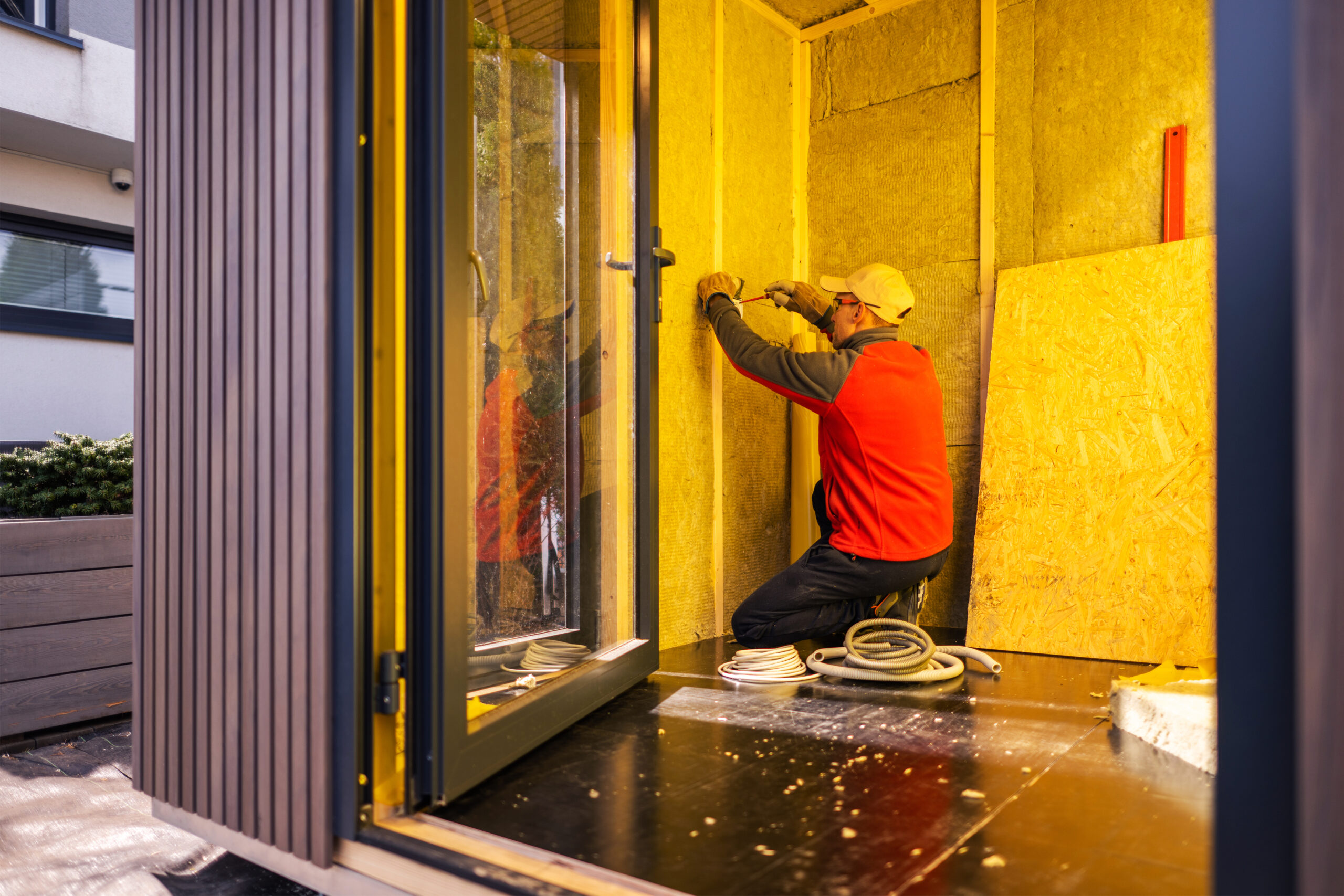
Insulating small, hard-to-reach spaces is critical for improving your home’s energy efficiency and maintaining indoor comfort. Tight spots, such as narrow wall cavities, crawl spaces, or areas around pipes and wiring, often go overlooked. However, properly insulating these areas can make a significant difference in reducing energy bills and minimizing heat loss.
Here are practical insulation techniques to tackle these tricky areas effectively.
Why Insulating Tight Spaces Matters
Small gaps can lead to big energy losses. Even minor air leaks or uninsulated nooks allow warm air to escape during winter and hot air to infiltrate during summer. Over time, these leaks increase your energy costs and create discomfort for occupants. Properly insulating these small spaces ensures:
- Consistent Indoor Temperature: Prevents drafts and cold spots.
- Reduced Energy Bills: Less strain on heating and cooling systems.
- Enhanced Comfort: Eliminates temperature fluctuations.
Top Insulation Solutions for Small Spaces
For landlords and homeowners dealing with confined or irregular spaces, there are several insulation methods that work effectively without the need for specialized materials.
1. Fibreglass Insulation Batts
Fibreglass batts are a versatile and affordable solution for insulating tight spaces, provided you choose the right size and type. These pre-cut panels can be compressed to fit into irregular cavities, making them ideal for small walls, attic eaves, and crawl spaces.
Tips for Installation:
- Wear gloves and a mask to avoid irritation.
- Cut the batts to size using a sharp utility knife for a snug fit.
- Ensure there are no gaps or air pockets once installed.
2. Polystyrene (EPS) Rigid Boards
Rigid polystyrene boards are an excellent solution for narrow cavities or awkward gaps. These boards are lightweight, easy to handle, and provide good thermal resistance.
Where to Use:
- Behind drywall in renovated spaces.
- Around plumbing and electrical fixtures.
- In basement walls or attic voids.
Installation Tips:
- Cut the boards to size for a tight fit.
- Use adhesive or insulation tape to secure them in place.
- Seal edges with caulk to minimize air leaks.
3. Insulating Foam Strips
For sealing smaller gaps around doors, windows, and access panels, insulating foam strips are a quick and effective option. These self-adhesive strips help stop drafts and are particularly useful for:
- Gaps around attic hatches.
- Spaces between door frames and walls.
- Window sills and casings.
Tips for Insulating Hard-to-Reach Spaces
- Identify Problem Areas:
Use a flashlight and inspect spots where air might leak, such as corners, joints, and entry points for pipes and wiring. - Use a Draft Detector:
A simple trick is to hold a lit candle or incense stick near suspected gaps. If the flame or smoke flickers, there’s a draft that needs insulating. - Seal Before Insulating:
Before adding insulation, seal any cracks with caulk or weatherstripping to enhance effectiveness. - Safety First:
When working in confined spaces, ensure proper ventilation, wear protective gear, and be mindful of electrical wiring.
Why Insulation Maintenance Matters
Proper insulation isn’t just about initial installation — it requires regular checks and maintenance. Over time, insulation in small spaces can become compressed, damp, or damaged, reducing its effectiveness.
Regular Maintenance Tips:
- Inspect attics and crawl spaces at least once a year.
- Check for signs of moisture or pests.
- Replace or repair damaged insulation promptly.
Insulating small, hard-to-reach spaces may seem challenging, but with the right materials and techniques, you can significantly boost your home’s energy efficiency. Whether you’re a landlord or a homeowner, addressing these tricky areas helps maintain a comfortable, cost-effective living environment.
For professional assistance and tailored insulation solutions, get in touch with Panda Solutions.
